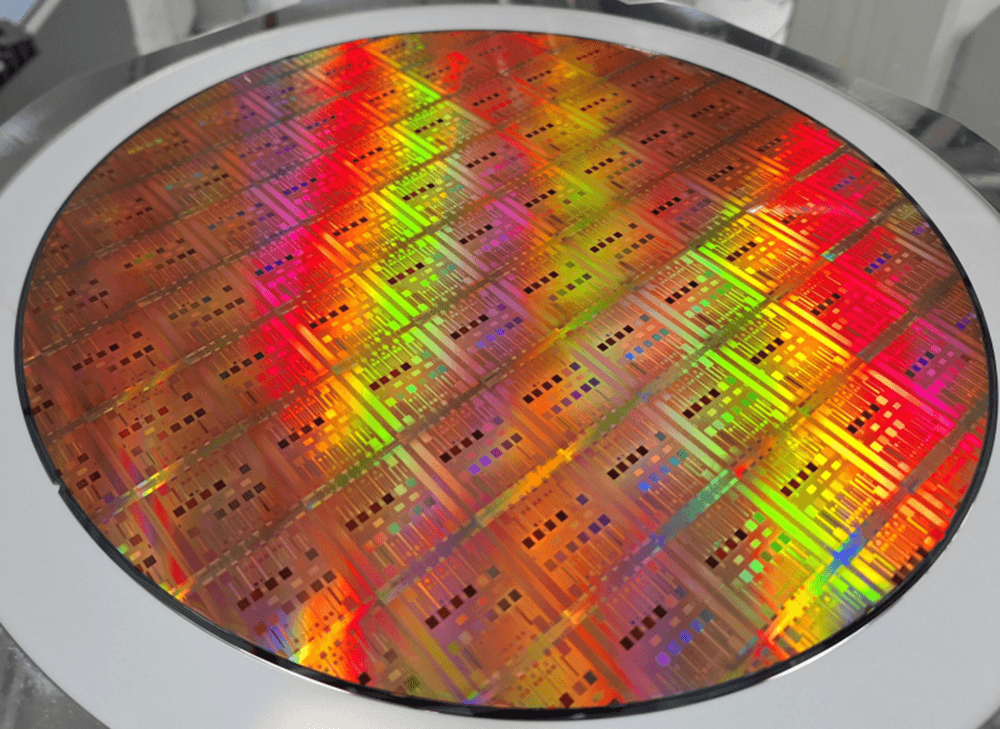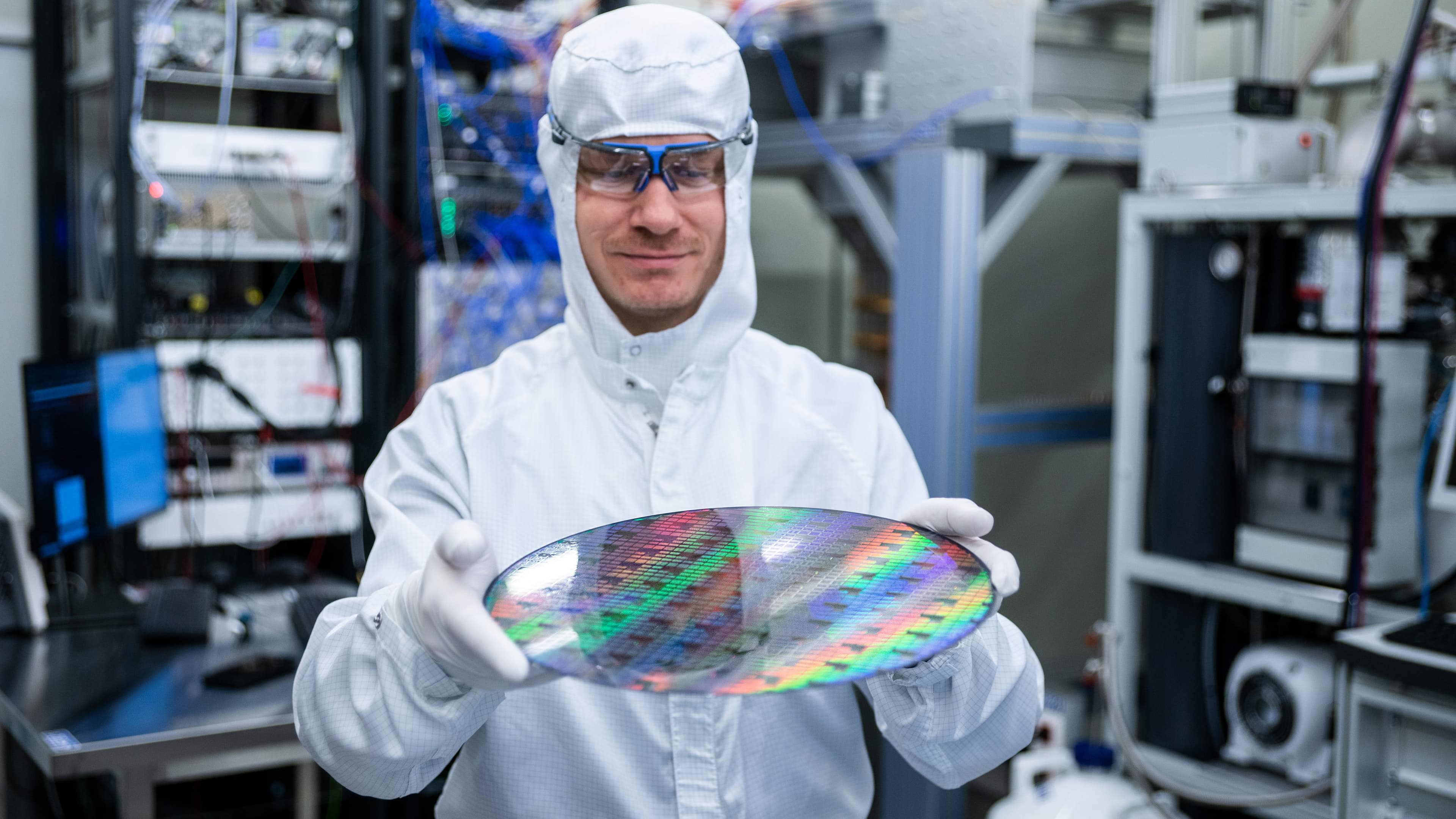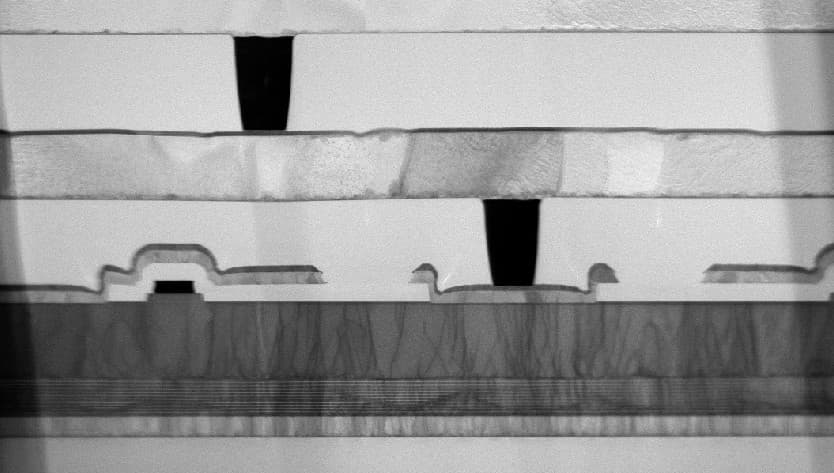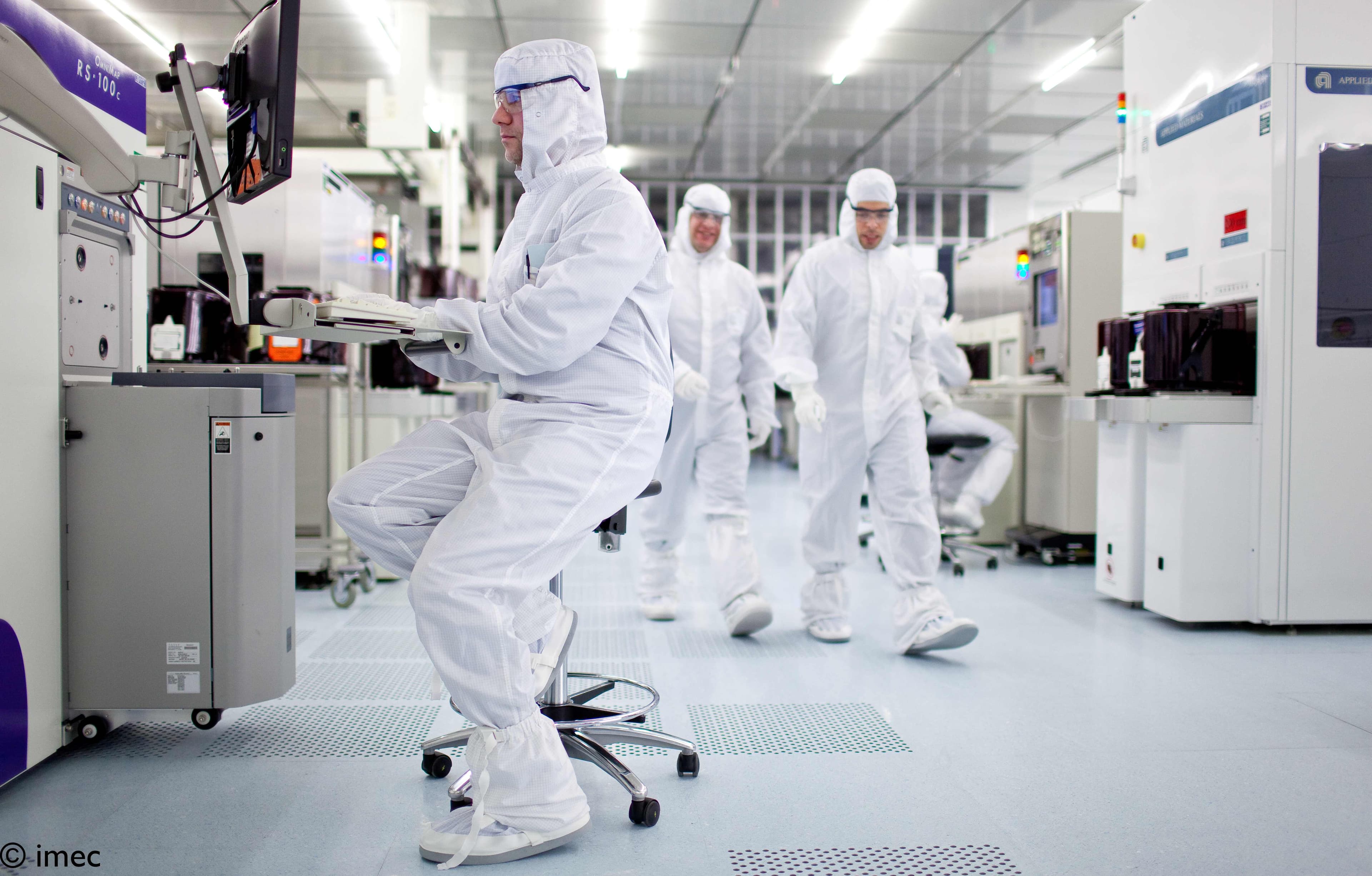
GreenMov
Harmonized data pave the way to greener mobility.
This project was funded by the European Commission under the Connecting Europe Facilities (CEF) program.
Harmonizing data pave the way to greener mobility
Within GreenMov, work centered around standardized interoperability to make the reuse and sharing of data smoother, thereby facilitating greener mobility. Besides Flanders, other participating regions were Murcia and Molina in Spain and Nice in France.
Making our mobility greener is a matter of making the right choices every day in response to current conditions. For example:
- You, as an individual, can choose to leave your car at home, and use the train and a shared bike to commute to work.
- A city or town can choose to direct traffic at peak hours in a way that spares the most densely populated neighborhoods from air and noise pollution.
IT companies are designing applications that help citizens and governments make those right choices. For example, a route planner that shows you which combination of public transport gets you to the football stadium in the least amount of time. These types of applications are powered by open data, which are often collected and provided by governments and (public) service providers. Still, a lot of opportunities remain untapped.
Pilot project Flanders
The project partners - Digitaal Vlaanderen, Eviden and imec - decided to work on the reuse of data for the combined use of public and shared transport - such as the train and shared bikes.
The Flemish pilot project proceeded from the idea that it would be useful if you could check whether a shared bike would still be available when you arrive at your last stop before you decide to get on a train. To demonstrate this, a pilot version of the GreenMov web application was developed during the project.

Screenshots of the pilot version of the built GreenMov Web App, illustrating how to plan your journey from Antwerp to Ghent using both the train and Blue-bike. According to the application, 43 and 32 bikes will be available upon arrival at Gent-Sint-Pieters train station.
For this purpose, real-time data from the NMBS (the national railway company) were combined with real-time and historical data from the Blue-bike bicycle-sharing system. With concrete building blocks and a demo, it was demonstrated that the standards that are being used in Flanders for exchanging public data (e.g. LDES) and the semantics of data (OSLO) are interchangeable and complementary with other commonly-used standards such as NGSI-LD.
This allows IT companies to reuse interoperable data sources more easily. This makes it easier to develop and offer new services that support greener mobility, which in turn contributes to the realization of Europe’s sustainability ambitions.
Greener mobility thanks to smart data
Providing high-quality mobility services starts with sustainable and scalable access to data. In this regard, it is important to:
- describe the data fit for purpose
- publish the data in a way that is scalable
- match the data consumption with the intended goals
These steps will need to be aligned.
Read more about this in the imec white paper "Smart data operations for better data-informed decision taking."
Within GreenMov, there was a strong focus on the use of standards and building blocks. As such, LDES and NGSI-LD were used for publishing and accessing data, and OSLO and smart data models for describing data. Publishing the real-time data from the shared bikes of Blue-Bike as linked data made them more accessible and readable by machines, applications, AI, etc.
LDES stands for linked data event streams and ensures, among other things, that you publish the data as updates and can respond much more flexibly to changes, both in terms of how fast the provided data changes and in terms of what information a user wants to extract from the data. In other words: via the LDES standard, a data provider will only have to make an investment once to provide its data and will not have to adjust the access (e.g. API) each time new questions or applications arise.
Blue-bike's published data was used by a machine learning model (ML) to predict the availability of Blue-Bike’s shared bikes. The use of the aforementioned standards and linked data allow applications to automate better, for example when changes are made to the data and/or to the application itself.

Making data more accessible makes it easier to develop new applications, for example for the combined use of different modes of transport.
The research approach used is in line with the Flemish strategy to standardize data exchange, take away the hurdles and lower the costs for new services to reuse and publish data.
This research contributes to more sustainable mobility solutions and the realization of European sustainability ambitions, and also to important intentions to facilitate (the use of) data spaces, for example.
GreenMov started in 2021 and ran until June 2023.
Want to know more?
- Take a look at the GreenMov project website and read more about the research in this article.
- Read more about data spaces in our dossier (in Dutch).
- Read more about smart data in the imec white paper "Smart data operations for better data-informed decision taking".











